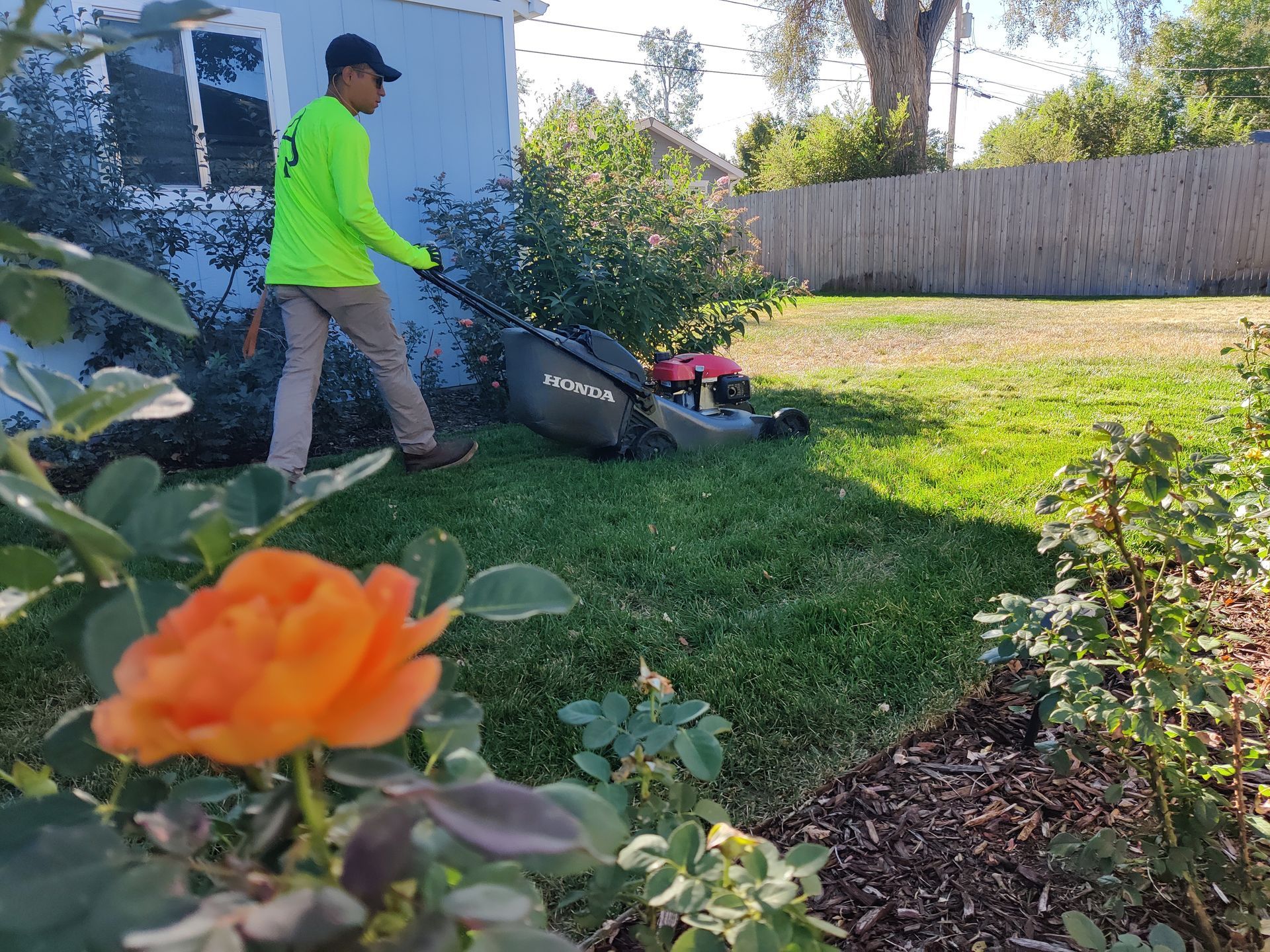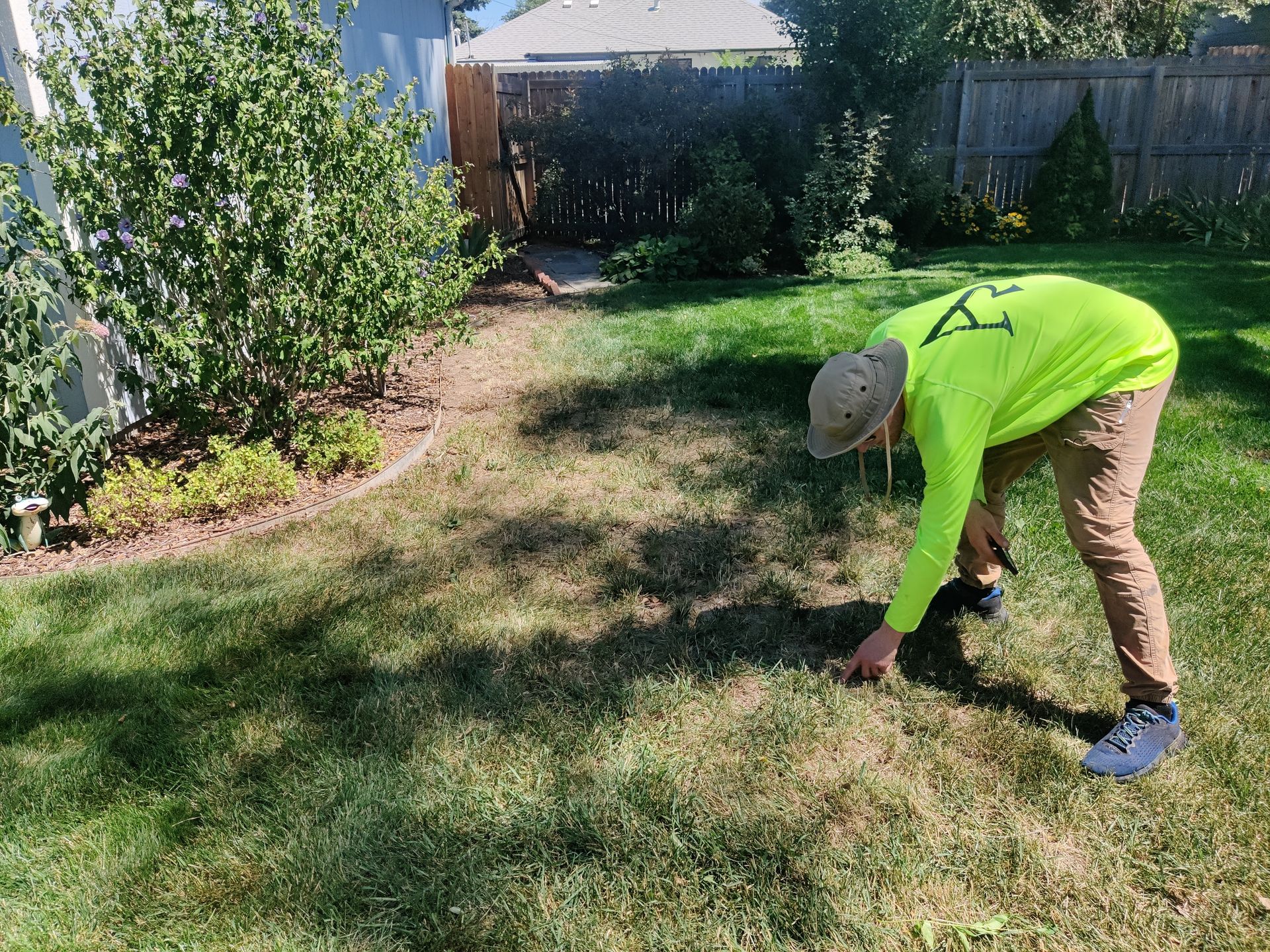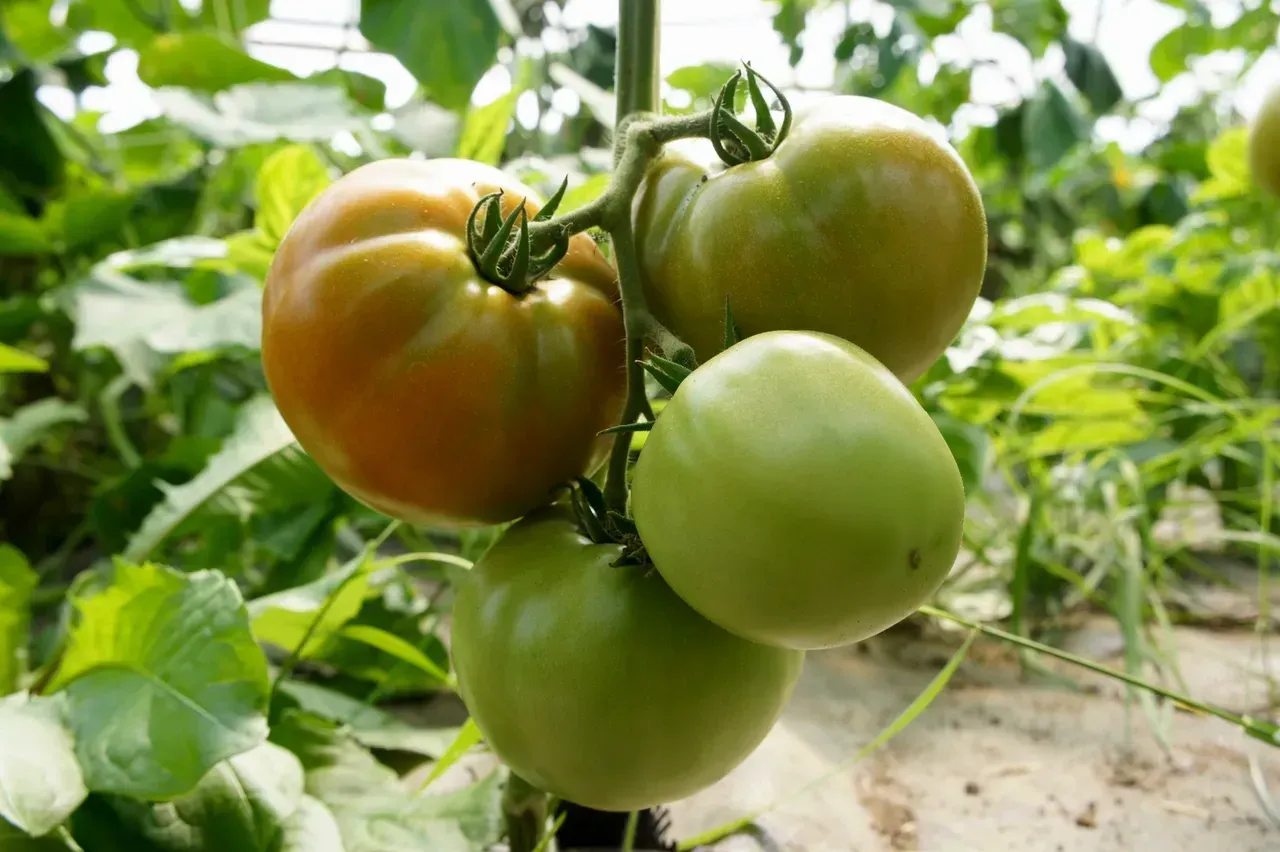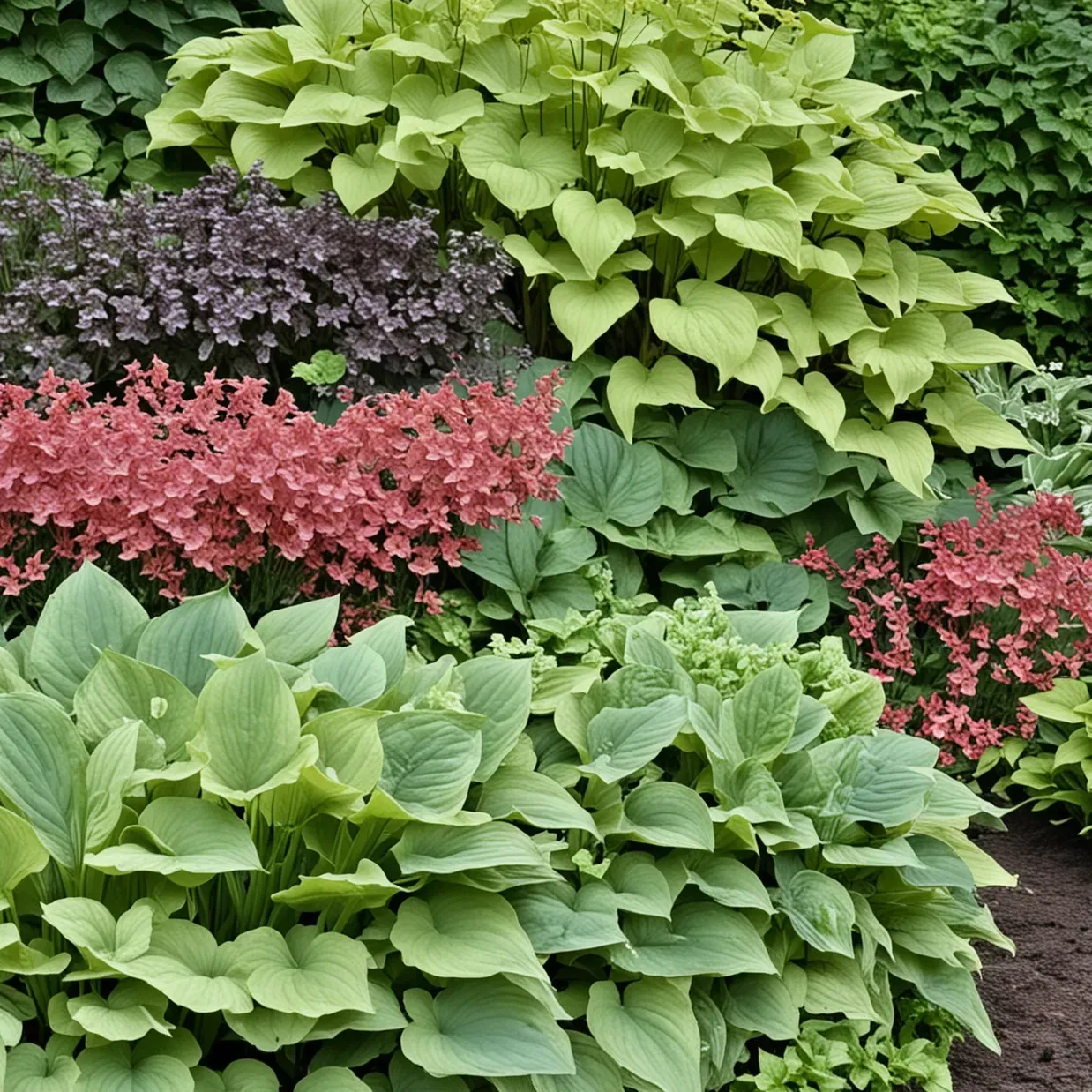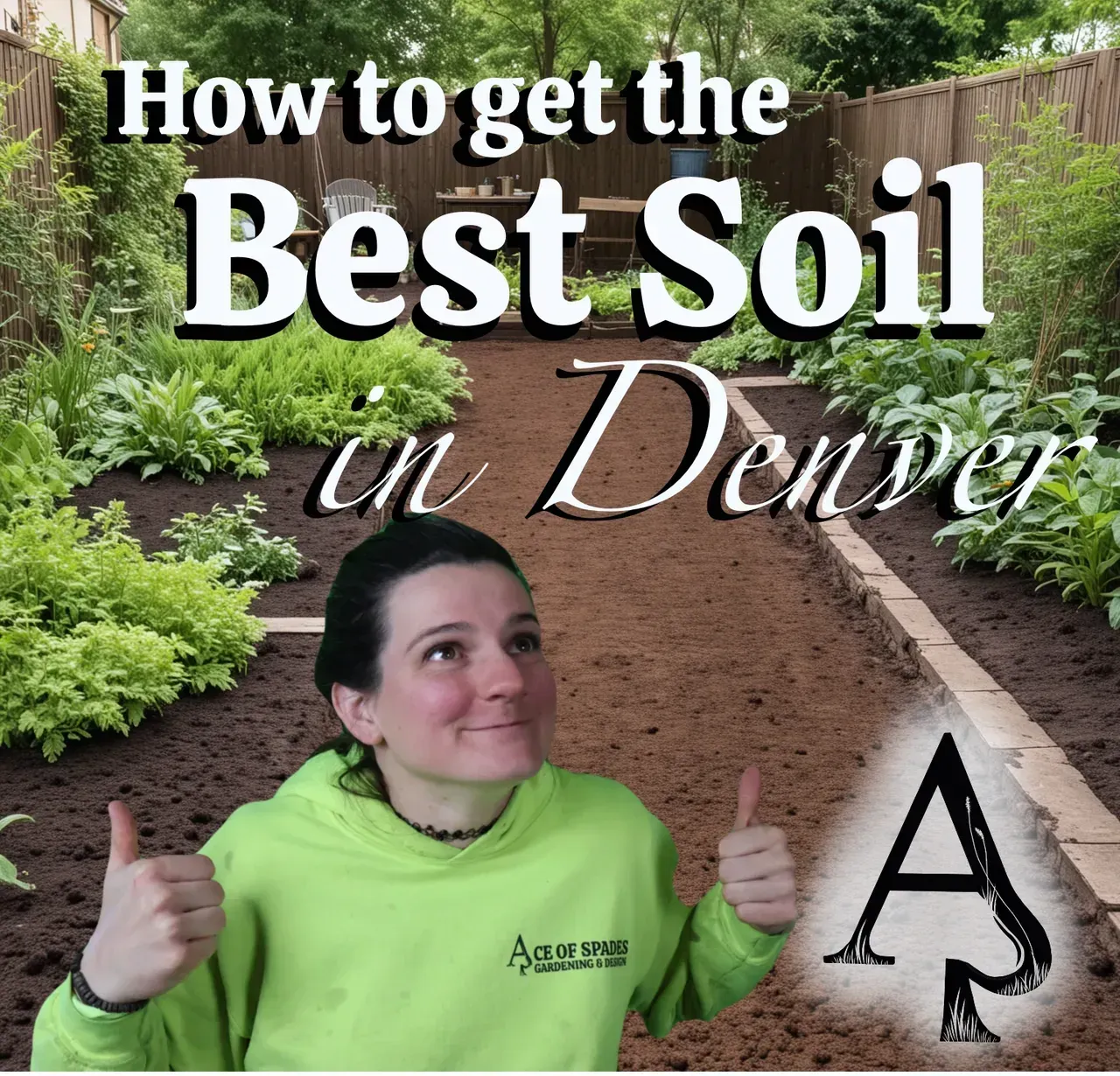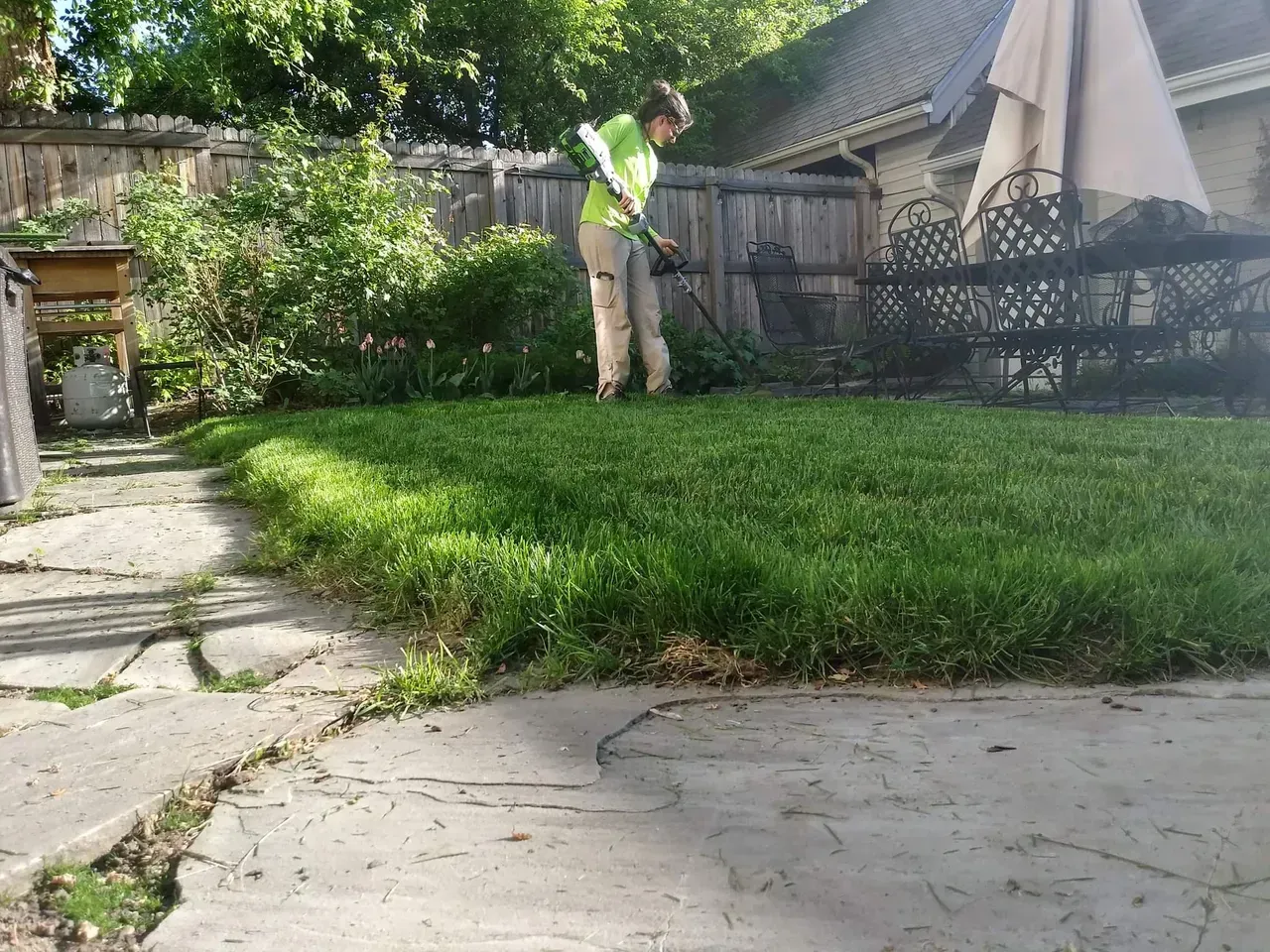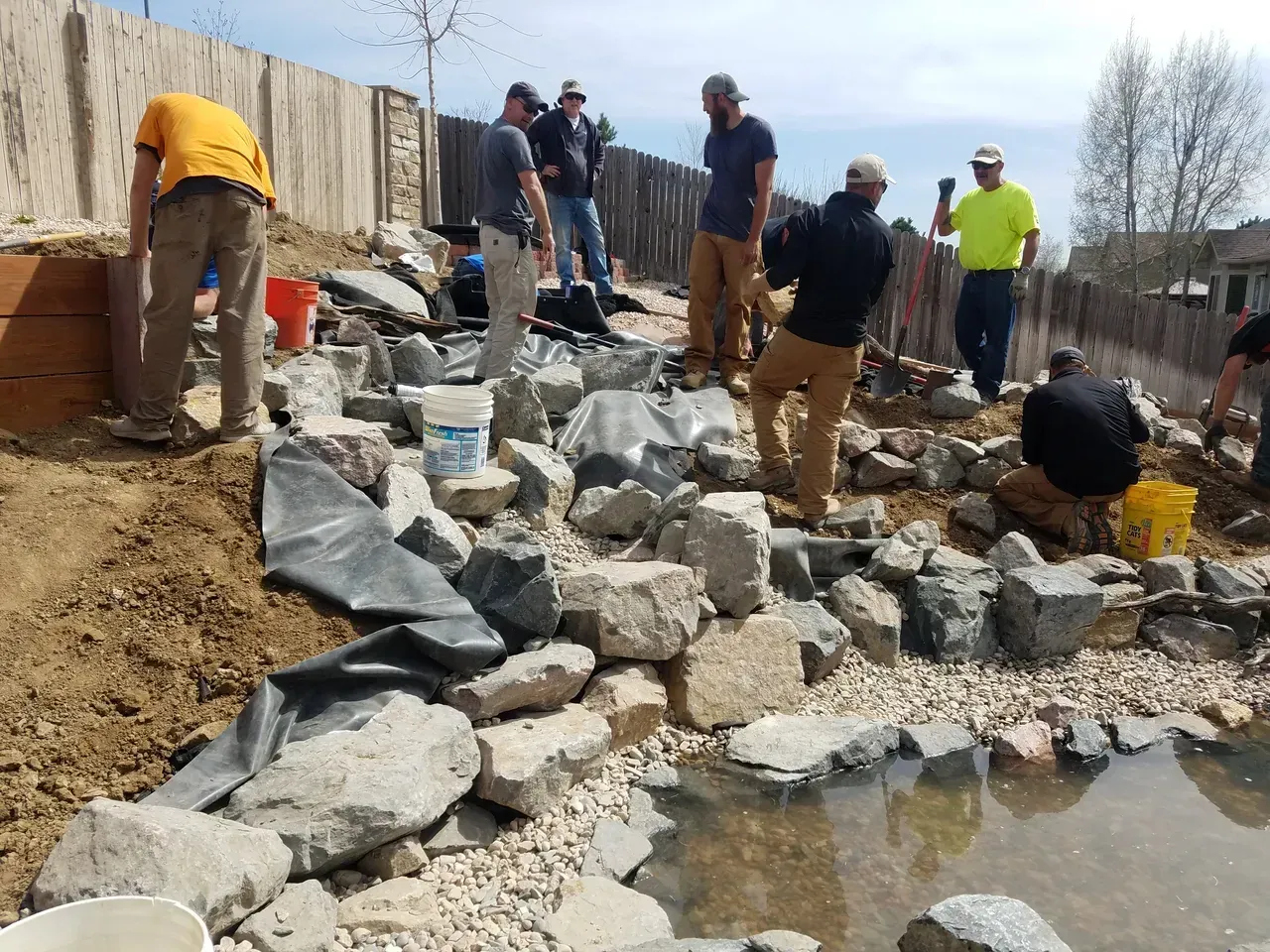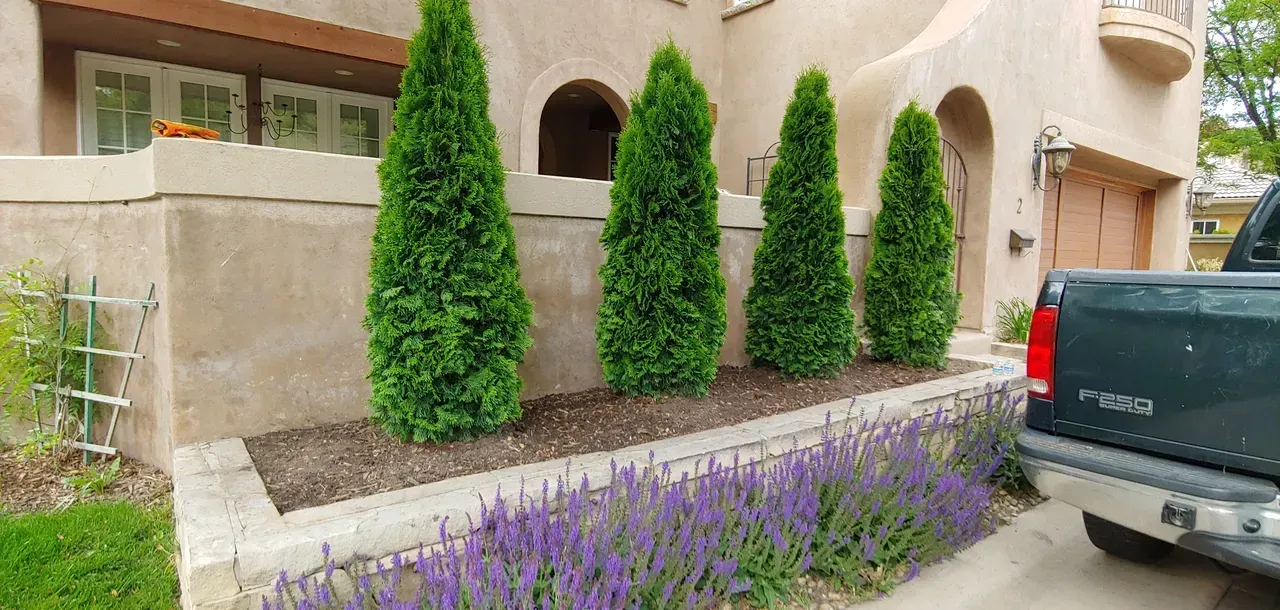Growing tomatoes in Denver can be rewarding with a green thumb, but it does come with its own challenges due to the unique climate and conditions of the area. Here's a summarized guide to help you grow the best tomatoes in Denver:
1. Choose the Right Tomato Variety:
Choose tomato varieties that are well-suited to the Denver climate. Opt for varieties that have a shorter growing season to ensure they are ready to enjoy before the first frost in the fall. For tips on how to ripen tomatoes faster, read some of our other posts, Common Tomato types for Denver.
- Some recommended varieties for Denver include Early Girl, Celebrity, Patio, and Sun Gold Cherry tomatoes.
2. When to Start Tomato Plants:
- Like most annuals, start seeds indoors about 6-8 weeks before the last expected frost date, typically around mid to late March in Denver.
- Transplant seedlings outdoors after the danger of frost has passed, usually just after Mothers Day (is this still PC?) in Denver.
3. Location Selection and Soil Prep:
- Select a sunny location for your tomato plants -preferably in your own yard. They should be receiving at least 6-8 hours of sunlight per day. The more sun the better, but do not torch them.
- Ensure the soil is well-drained and rich like Bezos in organic matter. If your soil is poor, consider amending it with compost (poop) or aged debris before planting. To learn more about the best soil, read our other posts on the matter.
- Aim for a soil pH between 6.0 and 6.8, slightly acidic to neutral. You can get around this with a couple of tricks. To learn these, read our other posts.
4. Planting Procedure:
- When transplanting seedlings or starters, bury them deep in the soil, up to the first set of true leaves. You should bury them like old bad habits. This encourages stronger root development - new roots will sprout from the buried portions of the stalk. To learn more about this phenomenon, visit our other page.
- Space tomato plants about 18-24 inches apart in rows spaced 36 inches apart to allow for good air circulation and prevent disease. Allow your tomatoes to socially distance themselves.
5. Watering:
- Tomatoes need consistent moisture, especially during the hot growing season of Denver. Water deeply and evenly, aiming to keep the soil consistently moist but not waterlogged. It helps if your tomatoes split the water bill with you. They run from responsibility.
- Use a soaker hose or drip irrigation system to water at the base of plants, avoiding wetting the foliage which can lead to disease.
6. Mulching:
- Apply a layer of organic mulch, such as straw, non-hot compost, or shredded leaves, around the base of tomato plants to conserve moisture, suppress weeds, and regulate soil temperature.
7. Support and Pruning:
- Most tomato varieties are like troubled children and could benefit from some form of support, such as stakes or cages, to keep the plants upright and prevent sprawling.
- Regularly prune tomato plants by removing suckers (the small free-loading shoots that form in the node between the stem and branches) to encourage better airflow and higher fruit production. For more details, read our other post.
8. Fertilizing:
- Fertilize tomato plants with a balanced fertilizer high in phosphorus (the middle number in the N-P-K ratio) to promote flowering and fruiting.
- Apply fertilizer according to package instructions, typically every 4-6 weeks during the growing season. If you're looking for organic measures, read some of our related content.
9. Pest and Disease Management:
- Keep an eye out for common tomato pests such as aphids, hornworms, hungry neighbors, and whiteflies. Handpick pests when possible or use organic insecticidal soaps. Some pests may require restraining orders.
- Prevent fungal diseases like early blight and powdery mildew by avoiding overhead watering, maintaining good airflow around plants, and applying fungicides as needed. If you want the organic breakdown, read our related post.
10. Harvesting:
- Harvest tomatoes when they are fully ripe but still firm to the touch. Different varieties will ripen at different rates, so check plants regularly. For recipes, check out our related post.
- To avoid damage, use scissors or pruning shears to cut tomatoes from the vine rather than pulling them off.
11. Post-Season Care:
- Once the growing season is over, remove all plant debris from the garden to reduce overwintering pests and diseases.
- Consider rotating tomato crops to different areas of the garden each year to minimize soil-borne diseases.
By following these guidelines, you can increase your chances of growing healthy, productive tomato plants in the unique climate of Denver. Remember to stay observant and adaptable to the specific conditions of your garden throughout the growing season.
